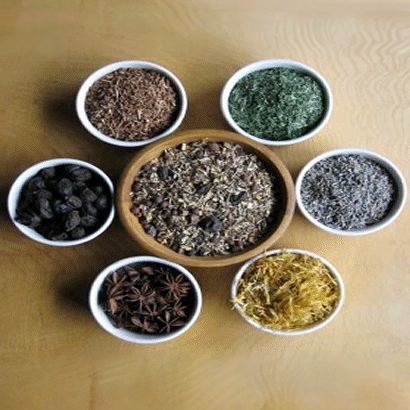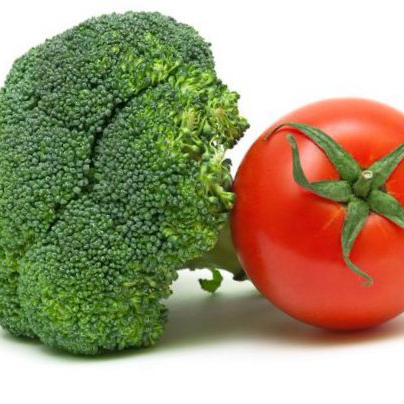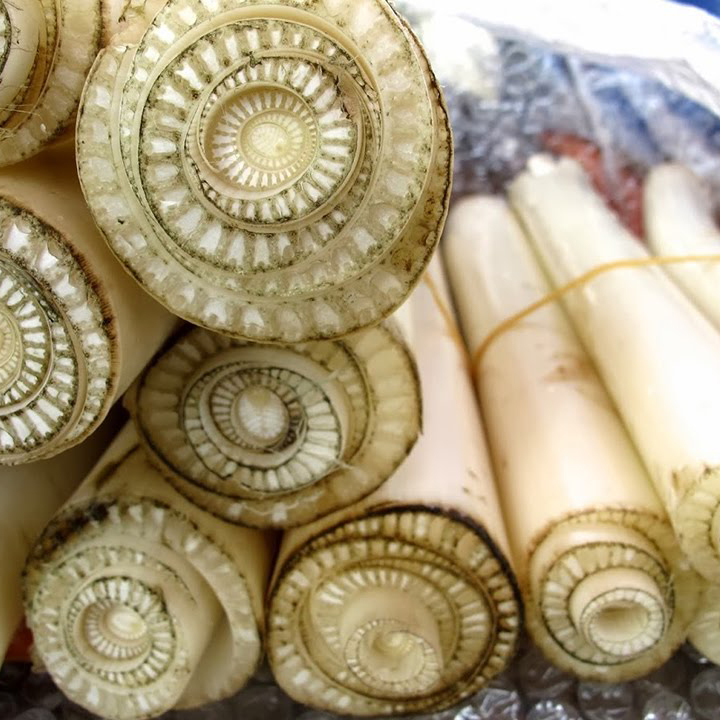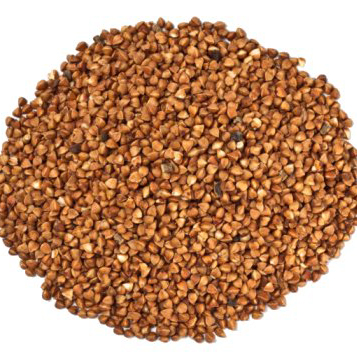
Rene Caisse devoted over fifty years of her life to treating hundreds of cancer patients with Essiac.
So effective were her treatments that in 1938 her supporters gathered 55,000 signatures for a petition, amongst other petitions, to allow Rene Caisse to continue treating cancer patients.
Rene Caisse’s Essiac formula is said to have originated with a Native American herbalist in Northern Ontario, who successfully treated an English woman for breast cancer towards the end of the nineteenth century. A limited scientific trial failed to find any anti-cancer benefit from its use, but the herbal mix is relatively inexpensive and considering the positive anecdotal evidence, it’s worth trying. Like so many cancer treatments, mainstream and otherwise, it is possible that Essiac works with some people, but not others, though why this should be so is uncertain. There can be a number of reasons.
The formula consists of the entire dried and powdered sheep sorrel plant (Rumex acetosella), chopped and dried burdock root (Arctium lappa), the dried and powdered bark of the slippery elm tree (Ulmus rubra), and the dried and powdered root of the ornamental turkey rhubarb plant (Rheum palmatum).
BURDOCK ROOT (Arctium lappa)
For centuries burdock root has been regarded as an effective blood purifier that neutralizes and eliminates poisons from the body. Burdock contains a volatile oil–especially in the seeds–that is eliminated through the sweat glands, taking toxins with it and alleviating skin problems. Burdock contains niacin, which is known to eliminate poisons from the body, including radiation. Burdock also supports the bladder, kidney and liver and has been said to dissolve kidney stones. It also contains an abundance of minerals, particularly iron. Studies have shown anti-tumor activity in burdock. Japanese scientists have isolated an anti-mutation property in burdock, which they call the “B factor”. The Japanese grow burdock root for food as well as medicine. A memorandum from the World Health Organization revealed that burdock was active against HIV.
SHEEP SORREL (Rumex acetosella)
Rene Caisse isolated sheep sorrel as the main Essiac herb that caused regression of metastasized cancer and reduction of tumors. She used the whole herb including sheep sorrel roots. Dr. Ralph Moss points out that sheep sorrel contains aloe emodin, a natural substance that shows significant anti-leukemic activity. Sheep sorrel contains antioxidants, is diuretic and has been used to check hemorrhages. Sheep sorrel is a traditional food of native cultures and is still served in fine restaurants along with other sorrels. CLICK HERE for more information about sheep sorrel.
SLIPPERY ELM (Ulmus rubra/fulva)
The inner bark of the slippery elm tree is well-known for its soothing and healing properties. It reduces inflammations such as sore throat, diarrhea and urinary problems. It has been regarded as both a food and medicine. Dr. Moss noted that “slippery elm contains beta-sitosterol and a polysaccharide, both of which have shown anti-cancer activity.
TURKEY RHUBARB ROOT (Rheum palmatum)
Turkey Rhubarb has been shown to have anti-tumor activity. It is diuretic, anti-inflammatory, anti-bacterial and has been used extensively to relieve constipation. It is medicinally more potent than garden rhubarb root and is more palatable. CLICK HERE for more information about the rhubarb root in Essiac tea.
Complement the Essiac Teas treatment with a The Professional Rife Machine, Version 3 Machine.




